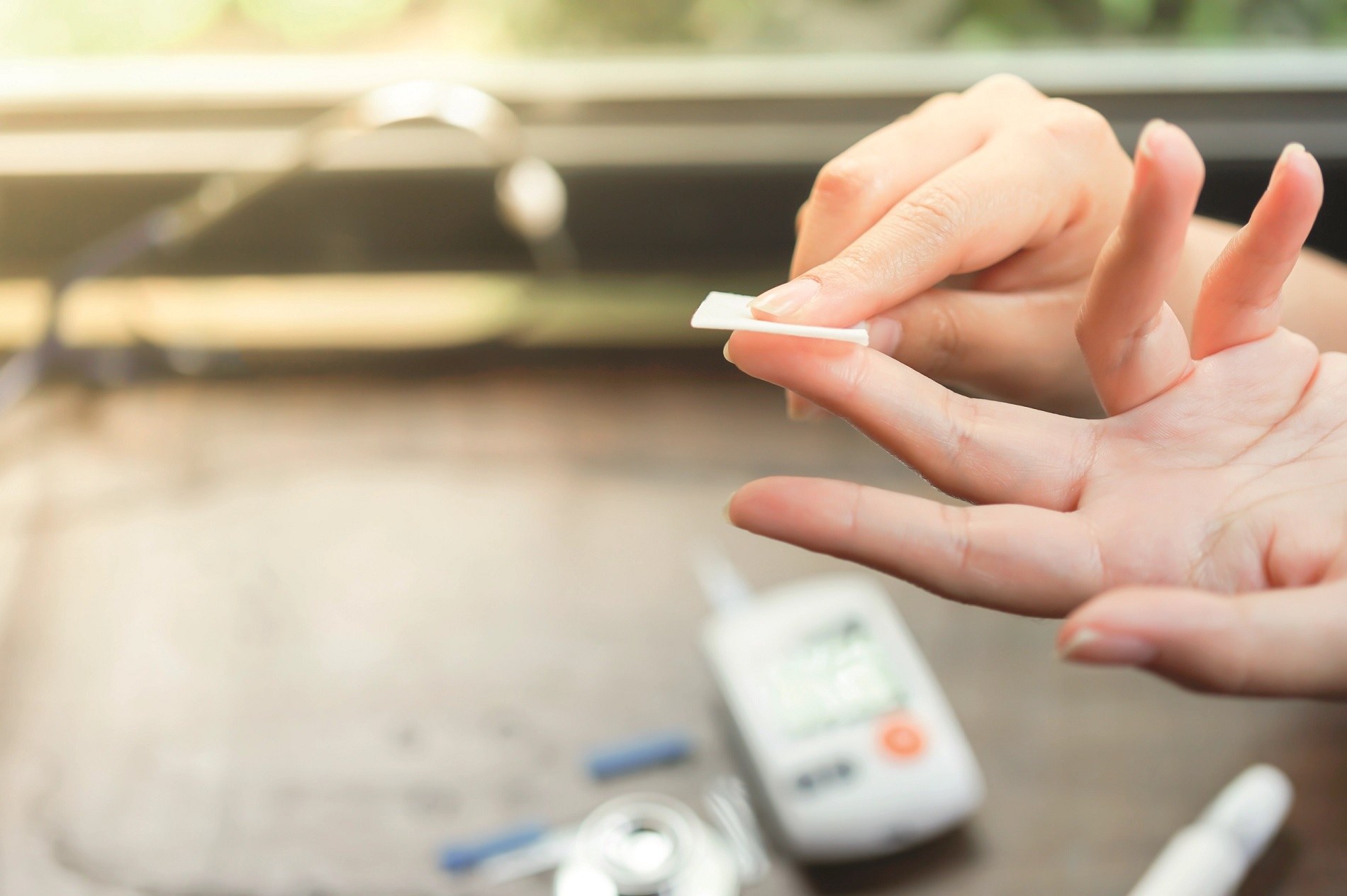Apr 14, 2021 03:46:25 PM
- Home
- Are you aware of all the types of diabetes
Are you aware of all the types of diabetes
Are You Aware of All the Types of Diabetes?
Diabetes mellitus is a metabolic disorder in which a person has high levels of sugar in his/her blood, either because the pancreas do not produce sufficient insulin or because cells are unable to respond to the insulin that is produced. There are different types of diabetes, some of which are more prevalent than the rest.
Let's learn more about its different types:
- Type 1 Diabetes:
It is also known as 'juvenile diabetes.' Type 1 is more commonly seen in children. However, it can affect people of any age. Type 1 is an auto-immune disease (a process in which your own body cells turn against itself) that permanently destroy the beta cells in the pancreas, as a result of which the body can no longer produce insulin.
- Type 2 Diabetes:
It is also known as non-insulin dependent diabetes. Type 2 is a condition in which the cells fail to utilize insulin leading to insulin resistance or hyperglycemia. People with type 2 may need to take oral anti-diabetic medication or take insulin to maintain blood sugar level.
- Gestational Diabetes:
It is mainly tested during 24 - 28 weeks into pregnancy. It results from hormonal changes which result from hormones produced by the pancreas that tend to resist insulin in the second or third trimester of pregnancy. During this phase, a woman's insulin needs may be increased to about 2 to 3 times above the normal requirement. It occurs in 3-5 % of all pregnancies.
- LADA (Latent Autoimmune Diabetes of Adulthood):
LADA is diagnosed by examining for the presence of elevated levels of pancreatic antibodies amongst patients who have been diagnosed with diabetes but do not require insulin. One can suspect LADA when symptoms show absence of metabolic syndrome features, uncontrolled hyperglycemia or evidence of auto-immune diseases.
- MODY (Maturity Onset Diabetes of the Young):
It affects nearly 1- 2 % of people who have diabetes. MODY is caused by a change in a single gene and children of an affected parent have a 50 % probability of inheriting this gene and subsequently developing MODY.
- Double Diabetes:
It involves someone affected with type 1 diabetes developing insulin resistance, which ia key feature of type 2 diabetes.
- Type 3 Diabetes:
It is indicative of Alzheimer's disease which results from resistance to insulin in the brain. People with insulin resistance have more risk (50- 65%) of developing Alzheimer's disease.
- Steroid Induced Diabetes:
Prolonged use of corticosteroids could cause diabetes like symptoms. Corticosteroids are known to increase blood glucose levels by increasing insulin resistance. It tends to disappear with the decrease in usage of steroids.
- Brittle Diabetes (Labile Diabetes):
It is a term used to describe hard to control type 1 diabetes. Brittle diabetes causes serious fluctuations in blood glucose levels. It is rare yet serious. About 3 in 1000 people with type 1 will develop brittle diabetes.
- Secondary Diabetes:
It is diabetes that results as a consequence of another medical condition. Some of the health conditions that may lead to this condition include cystic fibrosis, hemochromatosis, chronic pancreatitis, polycystic ovary syndrome (PCOS), glucagonoma, etc.
- Diabetes Insipidus:
It is a rare form of diabetes. It is not related to diabetes mellitus but shares some of its signs and symptoms. It is caused when the complex system that regulates the amount and type of fluid within the body gets disrupted.





